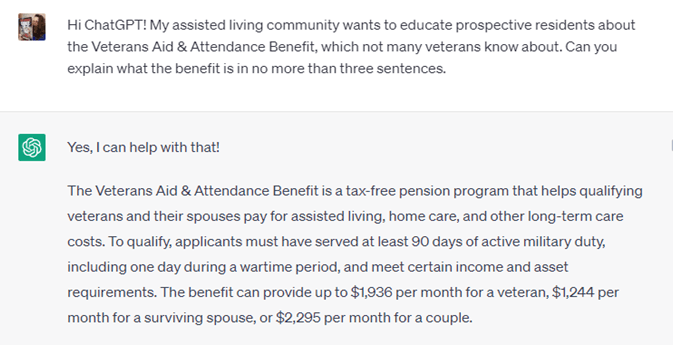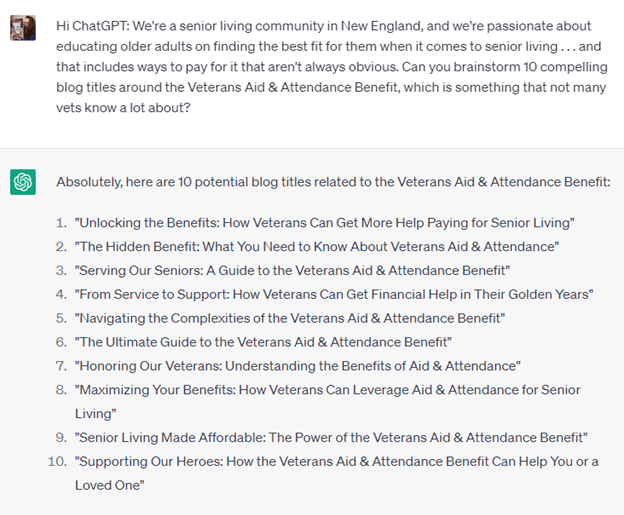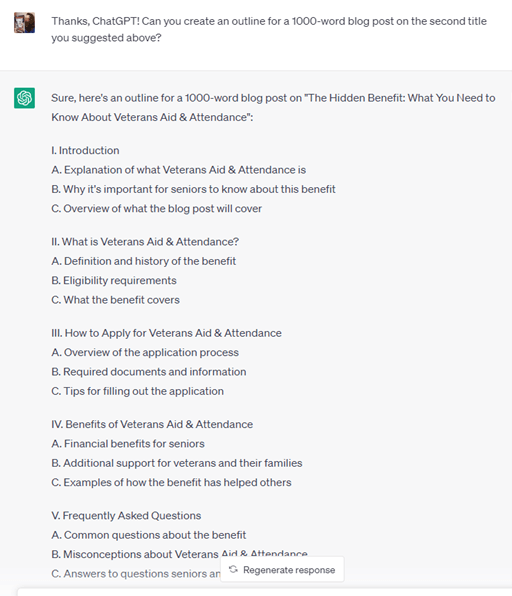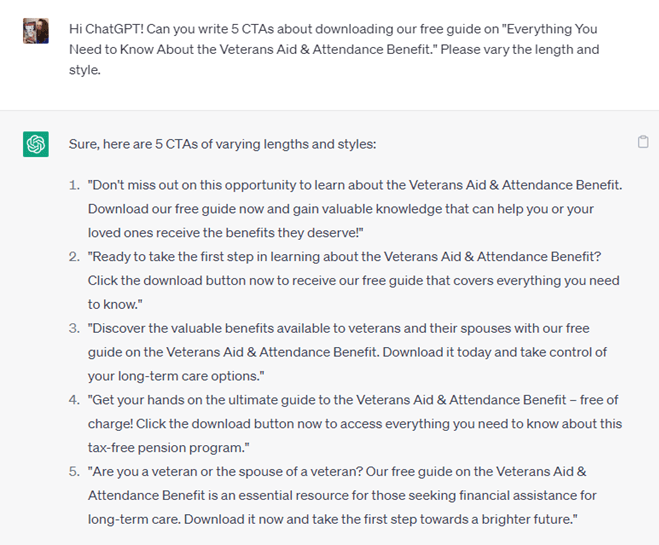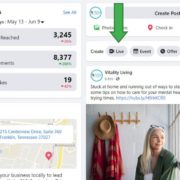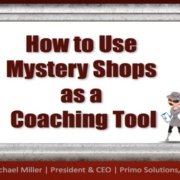Overcoming Email Fatigue in Senior Living Marketing

I recently attended an enlightening 36 hours at the Senior Housing News (SHN) Sales & Marketing Conference in Tampa, Florida.
Amidst the whirlwind of networking, insightful presentations, and thought-provoking discussions, one topic stood out: the debate around so-called email fatigue in senior living marketing.
The Myth of Email Fatigue
One of the conference attendees stated that senior living prospects have become increasingly overwhelmed with email and are experiencing “email fatigue.”
At Senior Living SMART, we’re witnessing a different story. More than 50% of our clients attribute half or more of their move-ins to effective email nurturing, thanks to marketing automation.
Here’s the thing: Our clients’ prospects don’t initially engage with the community by choosing a sales action, such as scheduling a tour, clicking to call, taking a survey, or requesting a call back. Instead, they choose to give their email in exchange for something educational, like a brochure, guide, or eBook.
The email part is critical!
After getting the email, the community’s marketing automation enrolls the prospect in a multi-step email nurturing campaign. Through email alone, the prospects advance themselves (hello buyer enablement!) to taking a sales action, like booking a tour. The prospect decides when they want the sales interaction, and once they do—they tend to be excellent leads with greater conversions to move-ins.
But it all starts with email.
The Real Culprit Isn’t Email Fatigue, It’s Lackluster Content
So, why the stark contrast in results between what our clients are experiencing and what other communities at the SHN conference were talking about?
It boils down to the quality of the email’s content and design. Emails heavy on text, lacking originality, or feeling overly salesy are the true culprits behind so-called email fatigue.
In contrast, emails rich in valuable resources like videos, guides, FAQs, infographics, testimonials, and vibrant imagery resonate well with prospects.
Revitalize Your Email Marketing Strategies for Senior Living
Before dismissing email as a viable marketing channel for your community, consider revamping your approach:
- Conduct A/B testing: Experiment with various elements of your email campaigns, including landing pages, content, design, and workflow cadence. However, remember to test one element at a time to accurately measure impact.
- Write engaging subject lines: Test different styles to improve open and click-through rates. Emotional appeals, questions, and emojis can make your emails stand out in people’s inboxes. I recommend following Jay Schwedelson, Nancy Harhut, and Andy Crestodina for inspiration.
- Don’t skimp on visuals: Incorporate authentic videos, virtual tours, and images to make your emails more engaging. Authenticity connects with prospects, showcasing real-life community experiences.
- Leverage your marketing automation: Pay attention to analytics to get the most out of your marketing automation software, like HubSpot. Measure your email campaign’s effectiveness. Adjust email workflows based on open rates, click-through rates, and unsubscribe rates to fine-tune your strategy.
- Consider the cadence: Recognize that not all decision-making processes are the same. Adjust your email cadence to match the sales cycle length for various care levels. For example, memory care decisions tend to be shorter than independent living. You may need a four-step workflow for one and an 18-step workflow for the other.
Bottom Line: Email Marketing Is Still Relevant
Not only is it relevant, but email marketing offers excellent ROI. So don’t rush to nix it from your marketing strategy or replace it with SMS/text messaging.
Sure, integrating SMS into your strategy is smart. But email marketing still reigns—at least for now. To get the most out of it, focus on producing better emails.
Need help? That’s what we’re here for. Our agency’s sole focus is senior living marketing.






